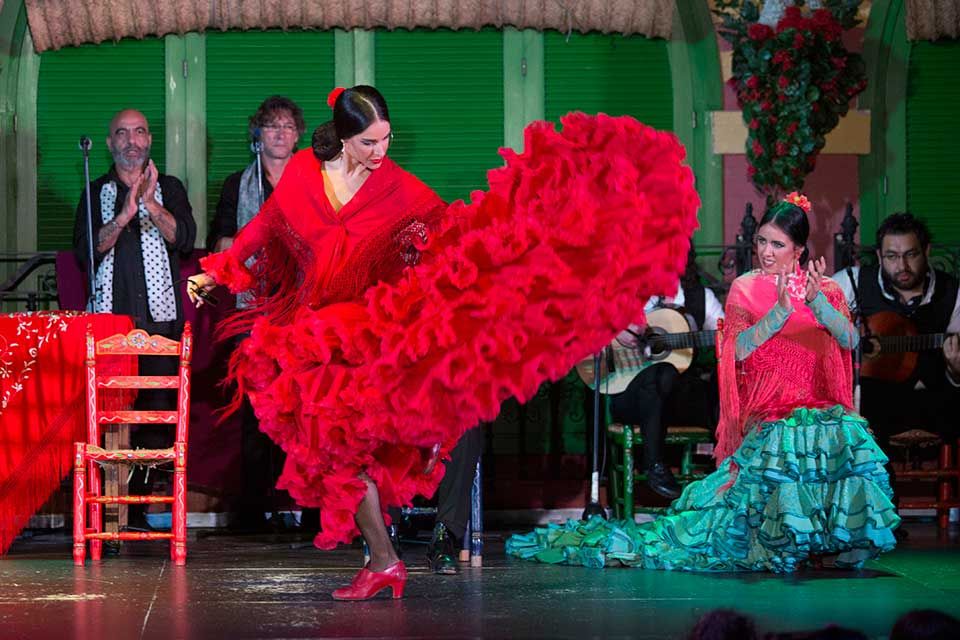Why Women Still Wear Dresses and Skirts in 2025
Key Take-aways from this Story
Why Dresses and Skirts Still Matter
Once symbols of etiquette and confinement, dresses and skirts have undergone a dramatic transformation, from obligatory uniform to proud emblem. In today's world, where denim and trousers dominate runways and sidewalks alike, the continued presence of skirts and dresses in women’s wardrobes may seem nostalgic at best or outdated at worst. But the real reason women wear them today runs far deeper than surface-level trends or archaic rules.
A Tapestry of Tradition and Expression
Historically, flowing garments like robes, tunics, and skirts were not exclusive to women. Men wore them too, in ancient Greece, Rome, Egypt, and even medieval Europe. But over centuries, Western fashion rigidly gendered attire, with skirts and dresses becoming symbols of femininity. This was not simply about aesthetics. It was about societal structure. Women's clothing often mirrored the roles assigned to them: delicate, ornamental, and controlled.
Yet instead of becoming extinct with the rise of feminism or the fall of dress codes, dresses and skirts evolved. The very garments once used to separate genders have been redefined by the women who wear them.
Today, slipping into a dress is not a concession to patriarchy. For many, it’s a bold act of reclaiming power.
Feminine Doesn’t Mean Fragile
The biggest misconception about dresses and skirts is that they symbolize fragility. But consider the power suit dress worn by executives, or the red-carpet gown designed to stun. These aren’t passive fashion choices. They’re armor. Modern women wield femininity like a weapon, choosing silhouettes that express mood, ambition, sensuality, or rebellion.

A dress can say "I’m owning this room." A skirt can whisper "Watch me move and lead." They’re no longer just worn to please others. They’re worn to reflect a version of the self that the wearer feels like inhabiting that day.
Movement, Comfort, and Sensory Freedom
Practicality also plays a role. Though tight dresses may seem restrictive, many skirts and flowy fabrics actually offer more comfort and movement than rigid jeans or tailored trousers. On a breezy spring day, a cotton dress isn’t just stylish. It’s breathable, freeing, and functional.
Psychologically, clothing affects how we move through space. Skirts encourage a certain poise, a lighter step, a graceful posture. That influence may be subtle, but it’s real. In this sense, the choice is about embodiment as much as appearance, a reminder that clothes don’t just dress us, they shape our actions and emotions.
Choice, Not Choreography
Critics often argue that women are conditioned into choosing dresses, that it’s less choice and more choreography. But this undermines the agency of the modern woman. Today, most women can wear whatever they please, sweats, suits, shorts. So when they do reach for a skirt, it’s often a reflection of preference, not pressure.
Yes, society still whispers expectations, especially in formal settings. But there's a growing reversal. Women choose dresses not to conform, but to disrupt. A tech CEO in a floral dress or a scientist in a bright A-line skirt challenges our assumptions about femininity and intelligence. It’s a visual protest against the drab uniform of authority and a colorful redefinition of what power looks like.
Cultural Identity and Personal Narrative

Across the globe, dresses and skirts hold deep cultural significance, from the sari in India to the hanbok in Korea, from African kente wrap skirts to the flamenco dresses of Spain. These garments carry stories, rituals, and ancestral pride.
Even in the West, there’s personal nostalgia tied to dresses: the memory of a prom gown, a wedding dress, a grandmother’s vintage closet. Skirts often connect us to our past, to ceremony, to moments that shaped our identities. In that way, they serve as both cultural anchor and personal narrative.
Fashion as Fluid Language
Fashion speaks. Skirts and dresses are not static symbols but dynamic expressions. A woman might wear a structured black dress to command attention in a boardroom, then change into a soft floral maxi to unwind at a garden party. Each outfit speaks a different dialect of the same language: identity.
And here’s the truth. Dresses aren’t just for women anymore, either. As gender norms dissolve, men and non-binary individuals are reclaiming the skirt too, from runway couture to street style. That’s a sign of progress: when clothing transcends gender and reclaims pure expression.
Final Stitch: More Than Just a Fashion Statement
So why do women wear dresses and skirts? Because they can. Because they want to. Because sometimes, power comes with pleats, confidence sways in silk, and authenticity buttons up at the back.
What once boxed women in has become a window out, a way to project selfhood, break molds, and dance with history. These garments are no longer symbols of confinement, but canvases of autonomy.





0 comments